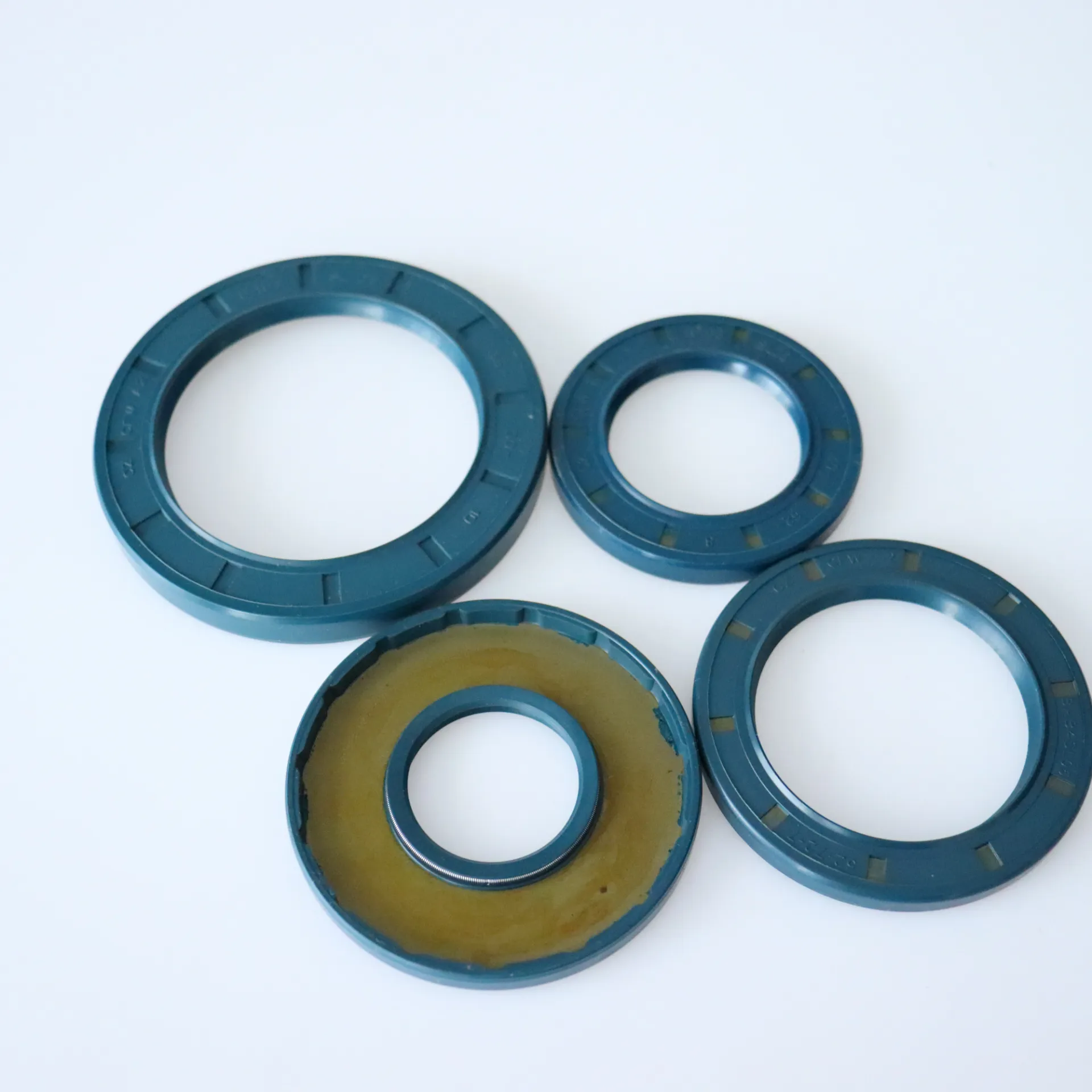Nov . 25, 2024 15:41 Back to list
hydraulic ram seal replacement
The Importance and Process of Hydraulic Ram Seal Replacement
Hydraulic rams are essential components in various applications, including automotive systems, industrial machinery, and even in equipment used in construction. These devices operate by utilizing hydraulic fluids to transmit power, which allows for the smooth and efficient movement of heavy loads. However, like any mechanical system, hydraulic rams can experience wear and tear over time. One of the most common issues faced by these systems is the degradation of seals, which can lead to leaks and reduced performance. Thus, understanding the importance and process of hydraulic ram seal replacement is critical for maintaining the efficiency and longevity of these systems.
Why Seal Replacement is Necessary
The seals in hydraulic rams serve multiple important functions. They help to contain hydraulic fluid, preventing leaks, and they assist in maintaining the pressure needed for the system to function correctly. Over time, seals can become worn due to friction, exposure to harsh environmental conditions, or chemical degradation from hydraulic fluids. When seals fail, the system can lose hydraulic fluid, leading to decreased efficiency, increased operational costs, and potential damage to the hydraulic ram itself. This can ultimately result in costly repairs and downtime if not addressed promptly.
Signs of Seal Failure
Recognizing the signs of seal failure is crucial for timely intervention. Common indicators include visible leakage of hydraulic fluid around the ram, decreased responsiveness or sluggish operation when applying force, and unusual noises such as grinding or hissing. If you experience any of these symptoms, it is essential to inspect the ram and consider seal replacement before the damage escalates.
The Replacement Process
Replacing the seals in a hydraulic ram may seem daunting, but with the right tools and approach, it can be accomplished effectively. Here is a step-by-step guide to the seal replacement process
1. Preparation Before starting, ensure you have the necessary tools and replacement parts, including new seals, wrenches, pliers, a seal puller, and hydraulic fluid. Always consult the manufacturer's manual for specific instructions related to your hydraulic ram model.
hydraulic ram seal replacement

2. Safety First Always prioritize safety. Make sure to relieve any pressure in the hydraulic system and disconnect the power supply before beginning any work on the ram. Wear appropriate personal protective equipment (PPE) such as gloves and safety goggles.
3. Disassemble the Ram Carefully remove the hydraulic ram from its mounting. Depending on the design, this may involve unbolting it from a bracket or support structure. Once detached, you will need to disassemble the ram itself. Use your manual for guidance and keep all components organized to facilitate reassembly.
4. Inspect and Remove Old Seals Once the ram is disassembled, inspect the old seals for signs of wear, damage, or deformity. Use a seal puller or a flat tool to carefully remove the old seals without scratching or damaging the seal grooves.
5. Clean the Components Before installing the new seals, it’s important to clean the sealing surfaces of both the ram and the housing to remove any dirt, debris, or old lubricant. A clean surface ensures that the new seals will function properly and minimizes the risk of premature failure.
6. Install New Seals Carefully place the new seals into their corresponding grooves, ensuring they are seated evenly and securely. Some seals may need a light film of hydraulic fluid for lubrication during installation, while others may come pre-lubricated.
7. Reassemble the Ram Once the new seals are in place, reassemble the hydraulic ram in the reverse order of disassembly. Ensure that all fasteners are tightened to the manufacturer's specifications.
8. Reinstall and Test With the hydraulic ram reassembled, reinstall it into its original position and reconnect the hydraulic lines. Gradually restore pressure to the system and check for leaks around the newly installed seals. If all is functioning correctly, you are ready to resume operations.
Conclusion
Hydraulic ram seal replacement is a vital maintenance task that ensures the efficient operation of hydraulic systems. By recognizing the signs of seal failure and executing a careful replacement process, operators can avoid more significant issues and prolong the life of their hydraulic rams. Regular inspection and maintenance are key to keeping these essential components in optimal working condition, ultimately leading to better performance and reduced costs in the long run.
-
TCN Oil Seal Metal Ring Reinforcement for Heavy Machinery
NewsJul.25,2025
-
Rotary Lip Seal Spring-Loaded Design for High-Speed Applications
NewsJul.25,2025
-
Hydraulic Cylinder Seals Polyurethane Material for High-Impact Jobs
NewsJul.25,2025
-
High Pressure Oil Seal Polyurethane Coating Wear Resistance
NewsJul.25,2025
-
Dust Proof Seal Double Lip Design for Construction Equipment
NewsJul.25,2025
-
Hub Seal Polyurethane Wear Resistance in Agricultural Vehicles
NewsJul.25,2025
-
The Trans-formative Journey of Wheel Hub Oil Seals
NewsJun.06,2025
Products categories
















